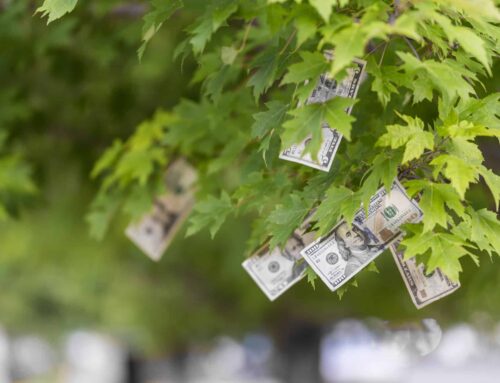View/Download this article in PDF format.
Politicians on both sides of the aisle are trying to take advantage of the drought crisis to foist a trillion-dollar farm bill on taxpayers. In reality, only 0.2 percent of projected 2012 farm bill spending deals with disaster programs. The $2 billion projected to be spent over the next 10 years would pay for four disaster programs covering livestock, honey bees, farm-raised fish, trees, and nursery crops.
The bulk of the House bill’s $955 billion or the Senate bill’s $967 billion price tag will be spent on non-drought programs like the Supplemental Nutrition Assistance Program (SNAP-food stamps), crop insurance and new commodity crop entitlements, conservation payments, biofuels subsidies, and rural development. Nearly 80% will be directed to food – not farm – assistance through SNAP.
If lawmakers truly intend to address the drought, then let’s have that conversation. But taxpayers don’t need up to $969 billion of unrelated spending as a side dish. Just because you want the Christmas tree car freshener doesn’t mean you need to buy the Ferrari it’s hanging in. Just because there’s a drought, taxpayers shouldn’t have to “make it rain” on big agriculture.
In the last two weeks, two bills have been introduced in the House and Senate to address the record-setting drought. On July 12, Senators Baucus (D-MT), Tester (D-MT), Johnson (D-SD), and Conrad (D-ND) introduced S. 3384 to retroactively extend five programs that the Agriculture Committees chose to let expire in 2011, a year earlier than the 32 other “temporary” programs in the last Farm Bill. Ironically, out of the more than 1,200 counties across the U.S. declared as disaster areas due to drought, not one lies in any of the three states represented by the original sponsors. On July 23, Iowa’s House delegation introduced a similar bill entitled the Agriculture Disaster Assistance Act. The idea is to tack the legislation onto the five-year farm bill or another legislative vehicle. What the lawmakers haven’t yet decided is where the money is coming from. These five disaster programs were expected to cost $3.8 billion in the last farm bill and would likely cost much more today. Since nearly every farm-based group agrees that direct payments are indefensible, they should be the first pay-for on the chopping block.
Other than crying foul, the disaster programs’ champions have not articulated a need for spending more taxpayer money on risks that the heavily subsidized crop insurance program is already designed to address. Taxpayers currently pick up about 60% of the cost of farmers’ crop insurance premium payments. A farm bill does not have to pass for farmers to continue to receive automatic indemnity payments or taxpayer subsidies again next spring when they sign up for crop insurance. These five programs expired in 2011, so livestock producers went into this year knowing they might not be renewed. Livestock producers can also still qualify for taxpayer subsidized crop insurance policies addressing declining market prices and gross margins or enroll in a non-insured assistance program.
If Congress’ intention is to bail out the livestock sector, then let’s have the debate. But the two newly introduced disaster bills would also extend the Supplemental Revenue Assistance Payments (SURE) program. SURE was purposely excluded from both Senate and House versions of the 2012 farm bill since farmers agreed it was a complicated, expensive, and ineffective program. Because of the way SURE was designed, its subsidy payments are intended to benefit producers who grow only a few crops in high-risk areas , like North Dakota, South Dakota, and Texas, which also happen to be the top four states that received the most crop insurance indemnities from 1995-2011.
Crop insurance is already expected to cost taxpayers tens of billions of dollars this year. To argue that a nearly trillion-dollar bill should be enacted to deal with drought that is already covered by existing policy is like using a sledgehammer to push in a tack. Except in this case the taxpayers get whacked. They’ll get whacked again if SURE is extended. When it was passed in 2008, SURE was expected to cost $425 million per year over 4 years but, in FY2010 and FY2011, it cost three times that much, or $2.8 billion over the two years.
The 2012 farm bill versions passed by the full Senate and the House Agriculture Committee would extend the following 4 programs for FY2013-17, AND retroactively apply them to FY2012 (click here for the chart), at an expected cost of $2 billion over 10 years, or about double the cost of these programs from the 2008 bill. The newly introduced House and Senate disaster bills would also retroactively instate these programs for FY2012.










